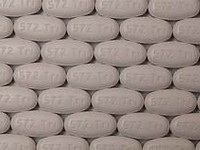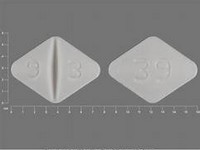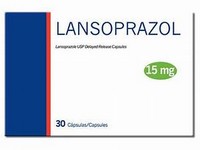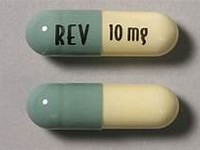midodrine hydrochloride

CLINICAL USE
Treatment of orthostatic hypotension, including dialysis related hypotensionDOSE IN NORMAL RENAL FUNCTION
Hypotension: 2.5 mg twice daily up to 10 mg 3 times a dayPHARMACOKINETICS
DOSE IN RENAL IMPAIRMENT
GFR (mL/MIN)
DOSE IN PATIENTS UNDERGOING RENAL REPLACEMENT THERAPIES
IMPORTANT DRUG INTERACTIONS
Potentially hazardous interactions with other drugsRisk of arrhythmias if given with volatile anaestheticsRisk of arrhythmias and hypertension if given with tricyclic antidepressants and MAOIsRisk of severe hypertension if given with beta-blockersOther drugs which increase blood pressure: enhanced hypertensive effectADMINISTRATION
Reconstition
–Route
OralRate of Administration
–Comments
Take last dose at least 4 hours before bedOTHER INFORMATION
Metabolised to an active metabolite (desglymidodrine)After dialysis only 15% of drug remaining, so effectively removed by dialysisHypertension post dialysis is not a problem because drug is dialysed outPeak levels occur 30 minutes after administration (60 minutes for active metabolite) so give 30 minutes before dialysis – avoid in patients with active coronary ischaemia93% bioavailability For haemodialysis patients, start at a low dose and increase to a maximum of 30 mg; a second dose can be given midway through dialysis (maximum dose 10 mg)
See how to identify renal failure stages according to GFR calculation
See how to diagnose irreversible renal disease
Home








